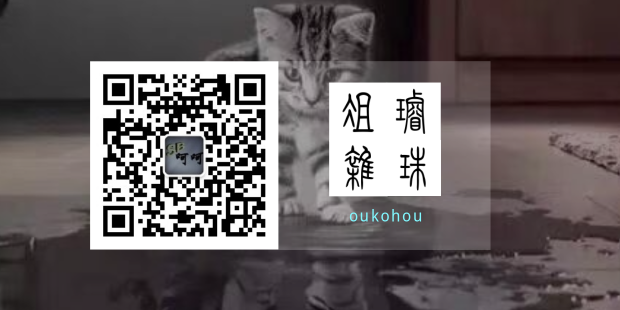量子纠缠:invisible man
源代码:
- 百度aistudio notebook:量子纠缠:invisible man
- 知乎链接:量子纠缠:invisible man
废话不多说,效果视频如下:
然后是一一剖析:以上是在装逼[捂脸]
哈哈,客官勿怪哈,其实是闲来无聊,下班回来体验了下百度paddlepaddle新出的人体抠图功能模块。。。。
说是人体抠图,据我朴素的推测,应该就是deeplabv3+的实例分割功能,在其基础上进行了一些针对人体的定制化抠图功能吧~~
当然,个人推测而已哈~~
下面上代码哈:
首先是一些环境配置:
!pip install paddlehub==1.6.0 -i https://pypi.tuna.tsinghua.edu.cn/simple
import os
import cv2
import matplotlib.pyplot as plt
import matplotlib.image as mpimg
然后导入paddlepaddle预训练好的实例分割模块:
import paddlehub as hub
module = hub.Module(name="deeplabv3p_xception65_humanseg")
将预先下载好的视频提取成图片并保存:(这里我本来想直接从视频流读图喂到模型里的,省去中间的保存环节,无奈官方示例给的是TensorFlow类似的input_dict形式,只好先保存了~~)
# video 2 images
def extract_images(src_video_, dst_dir_):
video_ = cv2.VideoCapture(src_video_)
count = 0
while True:
flag, frame = video_.read()
if not flag:
break
cv2.imwrite(os.path.join(dst_dir_, str(count) + '.png'), frame)
count = count + 1
print('extracted {} frames in total.'.format(count))
src_video = 'work/humanSeg/gameForPeace/Cap2cap.mp4'
dst_dir_ = 'work/humanSeg/Marvel'
extract_images(src_video, dst_dir_)
ok,模型有了,输入有了,现在我们开始进行“人体抠图”:
# test images
test_image_list = [os.path.join('work/humanSeg/Marvel', "{}.png".format(image_index)) for image_index in range(500)]
# segment images!
input_dict = {"image": test_image_list}
module.segmentation(data=input_dict)
好了,抠出了人体图,现在我们仿照官方代码,找张背景图进行混合,我就随便找了张大海的背景图了:
from PIL import Image
import numpy as np
def blend_images(fore_image_path, base_image, save_dir_):
"""
将抠出的人物图像换背景
fore_image: 前景图片,抠出的人物图片
base_image: 背景图片
save_dir_: 保存路径
"""
# 读入图片
base_image = Image.open(base_image).convert('RGB')
fore_image = Image.open(fore_image_path).resize(base_image.size)
# 图片加权合成
scope_map = np.array(fore_image)[:,:,-1] / 255
scope_map = scope_map[:,:,np.newaxis]
scope_map = np.repeat(scope_map, repeats=3, axis=2)
res_image = np.multiply(scope_map, np.array(fore_image)[:,:,:3]) + np.multiply((1-scope_map), np.array(base_image))
#保存图片
res_image = Image.fromarray(np.uint8(res_image))
save_path = os.path.join(save_dir_, os.path.basename(fore_image_path))
res_image.save(save_path)
# blend images
save_dir = 'work/humanSeg/MarvelBlended'
base_image = 'work/humanSeg/resized_1000.png'
for index_ in range(500):
fore_image = 'humanseg_output/{}.png'.format(index_)
blend_images(fore_image, base_image, save_dir)
ok,抠出的人体图和背景融合后,我们再用opencv把这些图片写成视频并保存:
# image2video
dst_video_ = 'work/humanSeg/marvel_ocean500.avi'
dst_video_ = cv2.VideoWriter(dst_video_, cv2.VideoWriter_fourcc(*'XVID'), 25, (1920, 1080), True)
def image2video():
for index_ in range(500):
frame = cv2.imread('work/humanSeg/MarvelBlended/{}.png'.format(index_))
dst_video_.write(frame)
image2video()
好啦,这样我们就完成了开头的那个视频啦~~
然后所谓量子纠缠时隐时现的效果是怎么做到的呢?
哈哈哈,其实是这个分割模型是在真人数据集上训练的,然后Avengers们穿着盔甲就不容易识别出来啦,所以会出现边界不清时隐时现的问题~~~
哈哈哈(逃)
最后,你的赞是我最大的动力!
微信公众号:璇珠杂俎(也可搜索oukohou),提供本站优质非技术博文~~

regards.